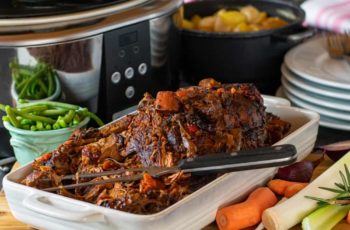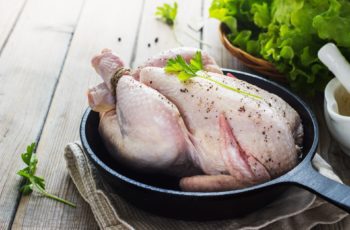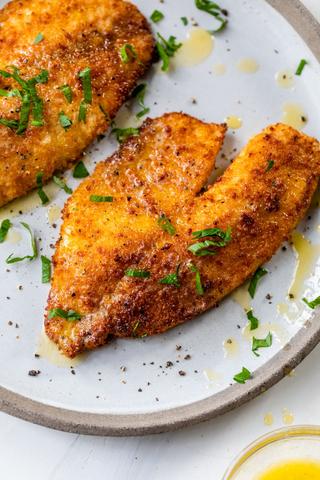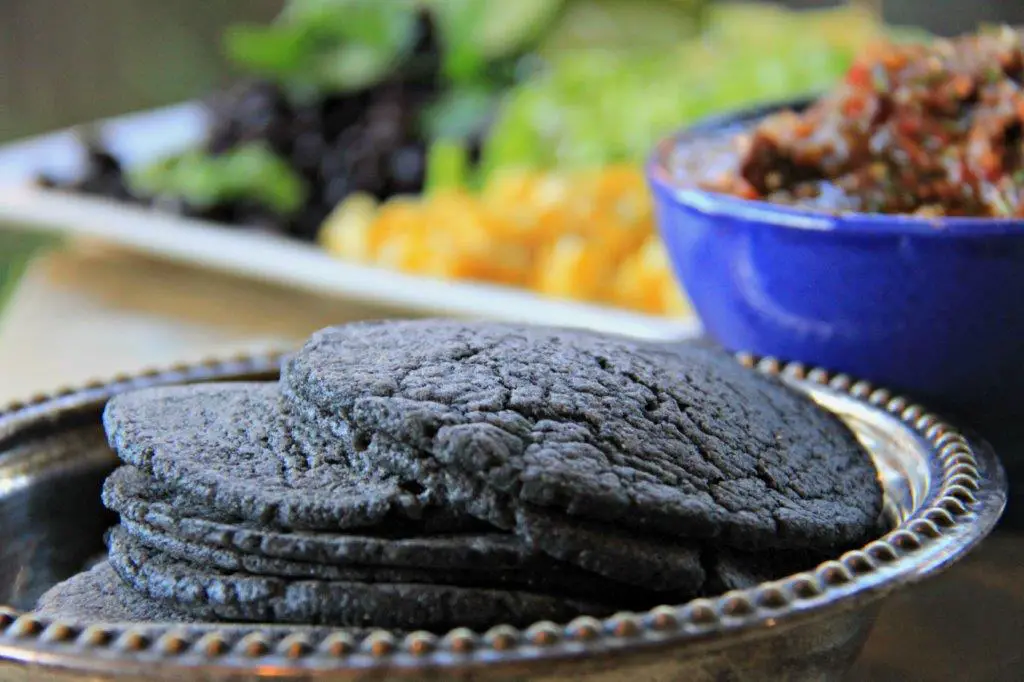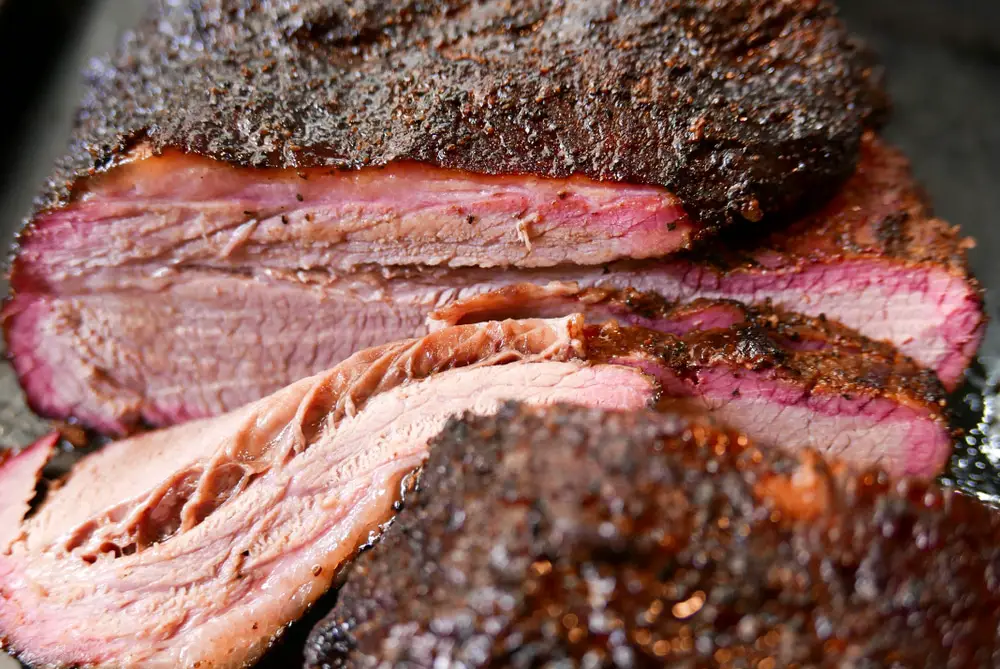
“Mastering the Art of Brisket: Unveiling the Perfect Temperature for Cutting this Juicy Delight”
Brisket Serving Temp: The Best Temperature to Slice at
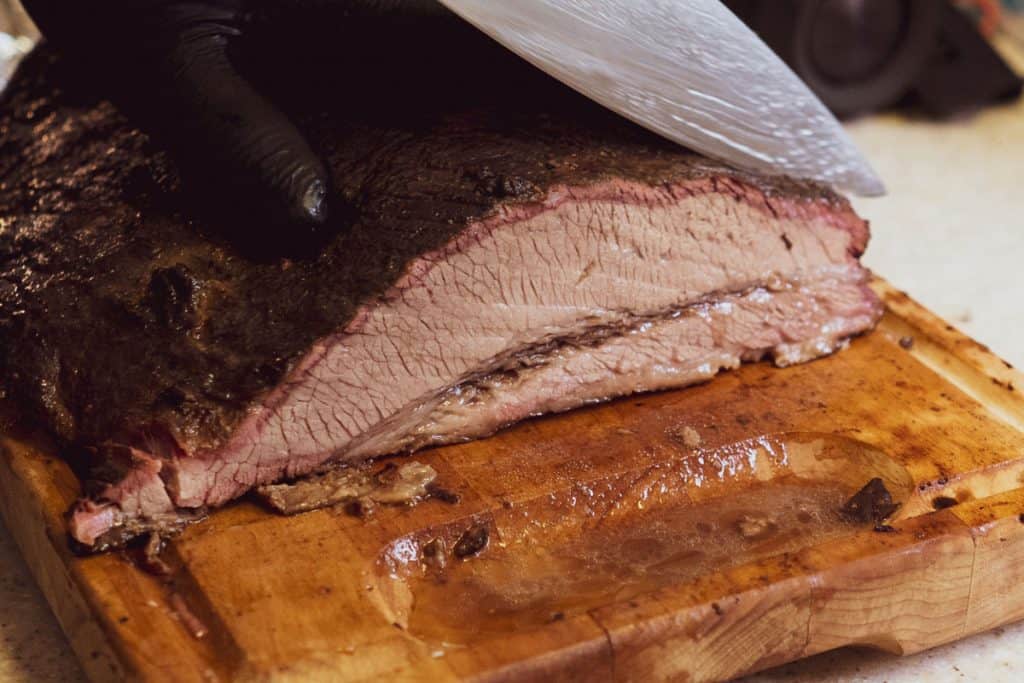
When it comes to serving brisket, the ideal temperature range for slicing is between 150-165°F. This temperature range is often referred to as the “slicing temperature.” It’s important to note that there is a significant difference between finishing temperatures and serving temperatures.
A serving temperature is the temperature at which the brisket rests after being smoked to a finishing temperature of 195-205°F, where the meat becomes probe tender. This resting period allows the collagen in the brisket to gelatinize and ensures a more moist end result.
Maintaining a proper serving temperature is crucial from a food safety standpoint as well. The Food Danger Zone, which ranges from 40-140°F, is where bacteria can grow rapidly and cause illness. Cooked food should be kept above 140°F, especially if it will not be served immediately. Barbecue restaurants often “hot hold” their cooked meats until the next day to both allow for gelatinization and ensure food safety.
Brisket Serving Temperature
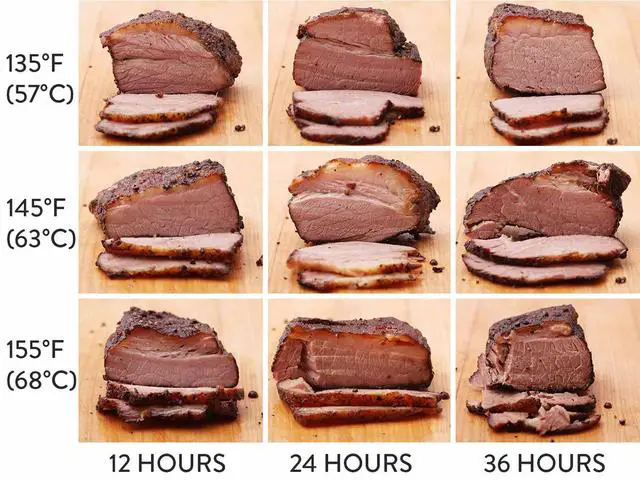
When it comes to serving brisket, the ideal temperature range is around 150-165F. This temperature range is often referred to as the “slicing temperature.” It’s important to note that there is a significant difference between finishing temperatures and serving temperatures. A serving temperature is the temperature at which the brisket rests after being smoked to a finishing temperature of 195-205F.
Maintaining a proper serving temperature is crucial for food safety. The Food Danger Zone, which is between 40-140F, allows bacteria to grow rapidly. To prevent any potential illness, cooked food should be kept above 140F, especially if it will not be served immediately. Barbecue restaurants often “hot hold” their cooked meats until the next day, both to allow the meat to gelatinize and to ensure it remains safe to eat.
The Difference Between Finishing and Serving Temperatures
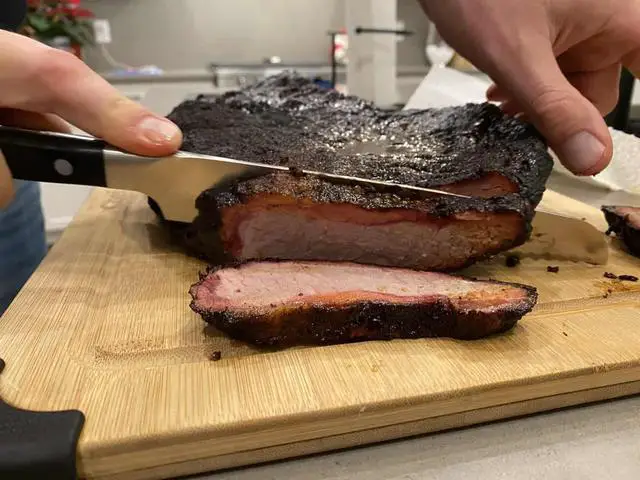
When it comes to cooking brisket, it’s important to understand the difference between finishing temperature and serving temperature. The finishing temperature refers to the internal temperature at which the brisket is considered “done” and probe tender, typically around 195 – 205F. On the other hand, the serving temperature is the temperature at which the brisket should be sliced and served, usually around 150 – 165F.
It’s crucial to note that serving the brisket at a higher temperature can pose risks in terms of food safety. The Food Danger Zone, which ranges from 40 – 140F, is where bacteria can rapidly grow and cause illness. To ensure food safety, cooked meat should be kept above 140F if not served immediately. This is why barbecue restaurants often “hot hold” their cooked meats until the next day, both for gelatinization purposes and to maintain food safety.
Serving brisket at a lower temperature of around 150-165F not only ensures food safety but also allows for collagen to gelatinize, resulting in a more moist and flavorful brisket. It’s important for beginners to understand that pulling brisket too early at a lower temperature will result in tough meat as collagen hasn’t fully rendered yet. Brisket is considered truly finished when it is probe tender, allowing for easy slicing and maximum moisture retention.
Only Slice Brisket When it’s Time to Serve
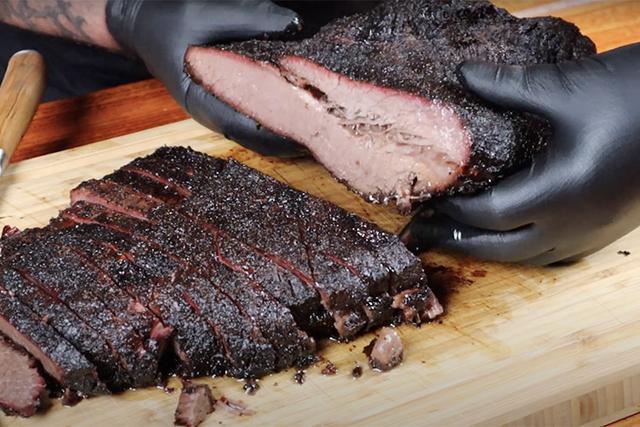
When it comes to serving brisket, it is best to wait until the last moment before slicing. Slicing into the meat too early can result in moisture loss and dry brisket. By keeping the brisket whole until it is time to serve, you can ensure that it remains moist and flavorful.
The reason for this is that as soon as you slice into a brisket, it will start to lose moisture. Resting the whole brisket allows the juices to redistribute throughout the meat and be absorbed by the gelatin, resulting in a more moist and tender final product.
To minimize moisture loss, it is recommended to hold the brisket in a warm environment, such as an oven or electric smoker, until it is time to serve. This way, you can maintain the optimal serving temperature of around 150-165F without sacrificing juiciness.

Why Resting Brisket Important
Resting brisket is important because it allows the moisture inside the meat to redistribute and be absorbed by the gelatin. When a brisket reaches its finishing temperature, slicing into it immediately will cause the juice and free moisture to run out, resulting in dry brisket. The connective tissues and collagen in the brisket need time to render into gelatin, which is hydroscopic and can absorb up to ten times its weight in liquid. Resting the brisket for approximately 2 hours allows this process to occur, resulting in a more moist and flavorful final product.
In addition to allowing the moisture to redistribute, resting also helps tenderize the brisket. During the cooking process, the muscle fibers tighten and contract. Resting allows these fibers to relax and become more tender. This results in a more enjoyable eating experience as the meat becomes easier to chew and has a melt-in-your-mouth texture.
In conclusion, the ideal temperature to cut brisket is when it reaches an internal temperature of around 195-205°F (90-96°C). This ensures that the meat is tender and easily sliced, allowing for a delicious and enjoyable dining experience. It is important to use a reliable meat thermometer to achieve the desired tenderness and avoid overcooking or undercooking this popular cut of meat.
Learn More About Grilling
If you want to learn more about grilling, check out these other helpful resources!

